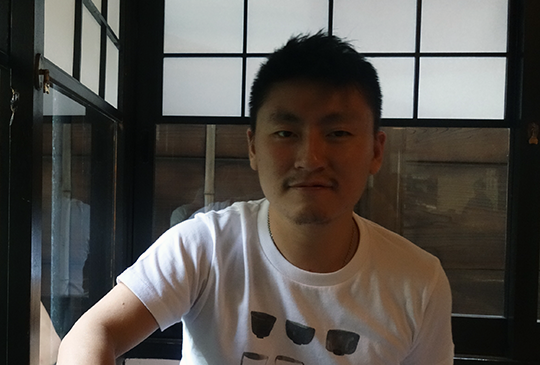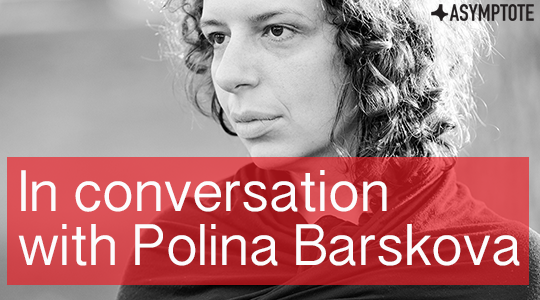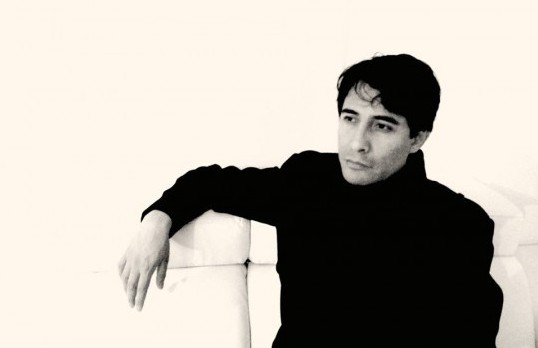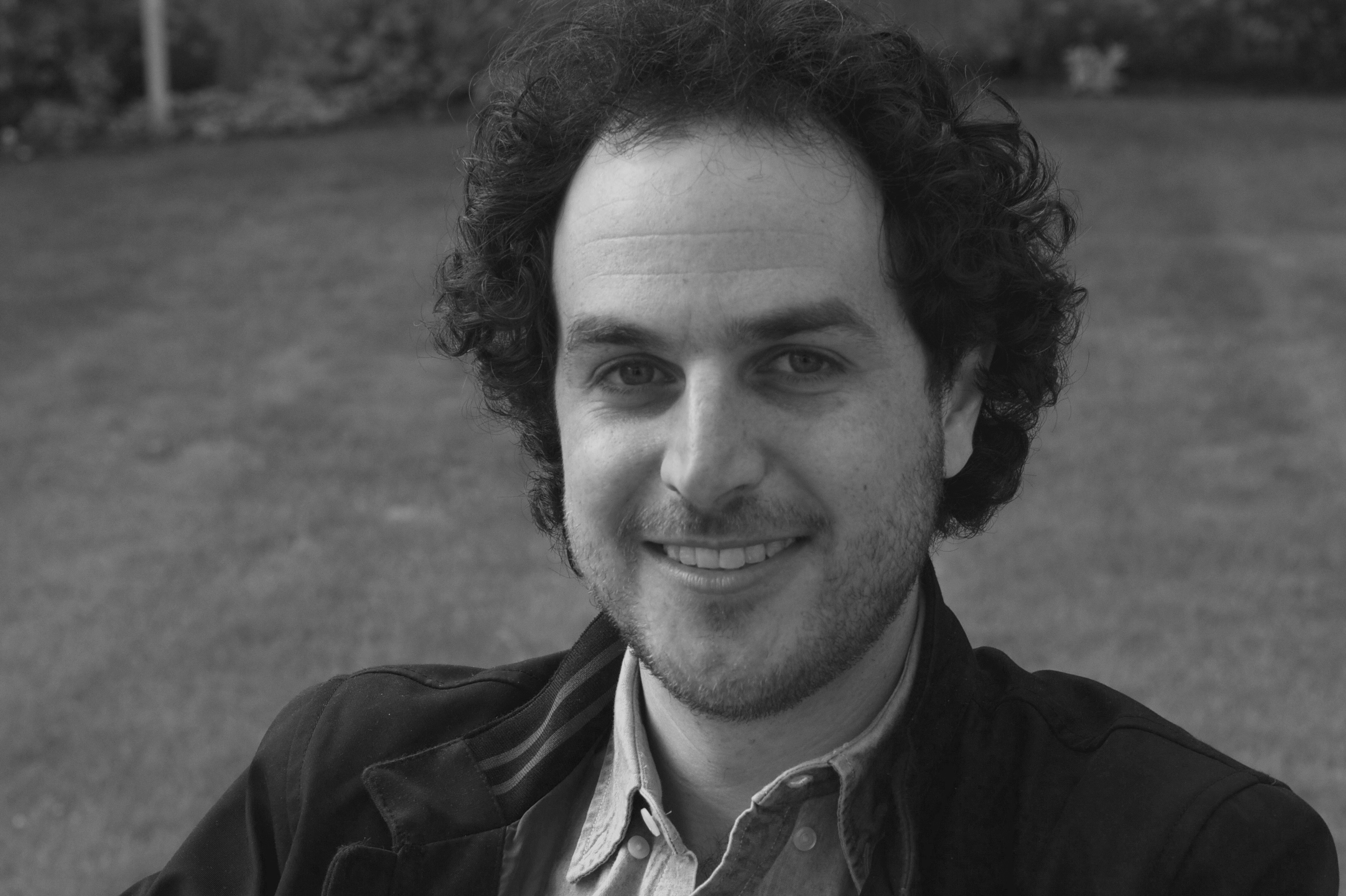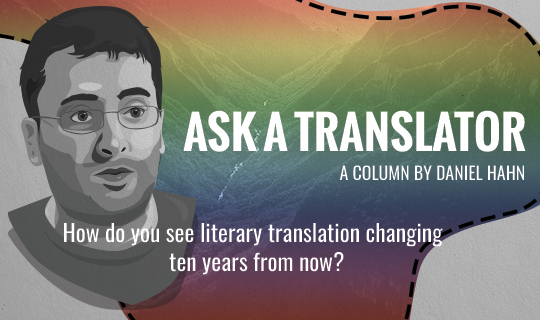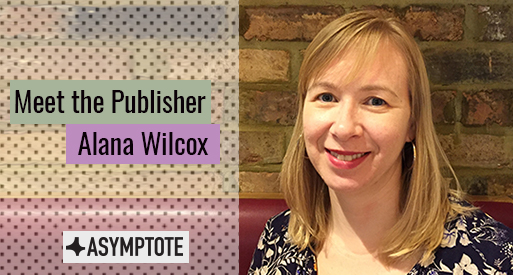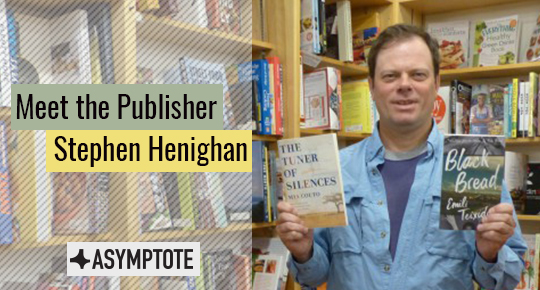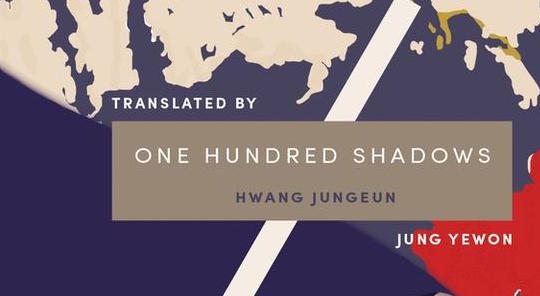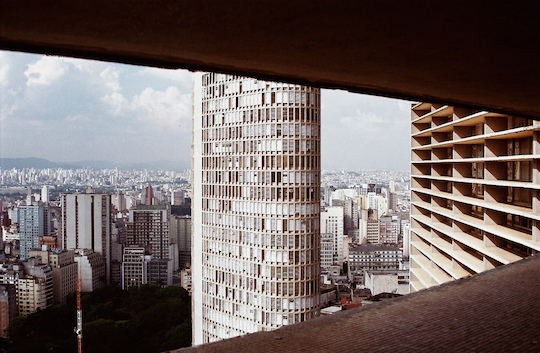Hello! (Taps mic…) Our regular blog editors Madeline, Hanna and Nina are on leave today, so I’ll be guest-blogging to continue our daily programming. My name is Yew Leong (yes, that’s two words for my first name) and I’m the Singaporean editor working behind the scenes of the magazine since 2010. I’m thirty-nine this year (the photo of me, above, was taken in a yakisoba restaurant when I was thirty-six).
Some details of how I came to found the journal are mentioned in the interview I share below, so I won’t get into that here. What I will say to preface my breaking the fourth wall is this: After July 2011, I stopped signing the quarterly issues’ editor’s notes at least partly because, as the only full-time member at Asymptote, I didn’t want to overshadow the team’s collective efforts (for the same reason, I also declined to be videoed for our first-ever Indiegogo campaign). For several years thereafter, all editor’s notes were simply ascribed to “The Editors.”
In July 2016, I decided to sign my name after the editor’s note again: Prior to that, I’d seen Asymptote being written off as a mere “platform” by a prominent translator, but specifically in the derogatory sense of “editor X used the platform Asymptote to do Y” (Y being a massive translation project, requiring coordination across the different roles), as if all I had done was create a free-for-all Facebook or Twitter-like interface for providers of world literature. That could not be further from the truth: there is someone leading the magazine (although hopefully not off a cliff!), someone with a vision to boot, not merely a loose collective of editors, contributing whatever they’d like to contribute.
Secondly, I’d started wondering if, by not putting myself out there a little more, I had become complicit in, let’s just say, a certain racial oppression. This year, after six years of editing the magazine, I was happy to be invited to my first London Book Fair panel (actually any event not organized by Asymptote, although, as its editor-in-chief, I have played varying roles toward making 34 world literature events happen in four continents), and I remain eternally grateful to the Translators’ Association of the Society of Authors in the UK for subsidizing my trip there (as I could not afford the flight ticket otherwise).
But, few know that, in 2014, about five years into helming the magazine, and surviving those five years by wearing many different hats to keep the journal going, an invitation was received by someone on the team to represent Asymptote at an international conference, with the offer to be flown in from wherever. The invitation was sent to a part-time White Assistant Managing Editor who’d been on board less than seven months, who actually lived further away from the conference than me, based on her current city at that time. I’d left the US many years ago to avoid being an invisibilized person of color, specifically in a literary environment (Junot Díaz and Ken Chen talk about this issue very eloquently), and suddenly there I was being overlooked again.

